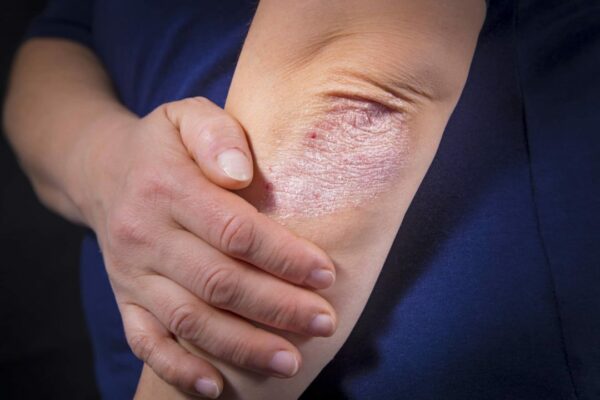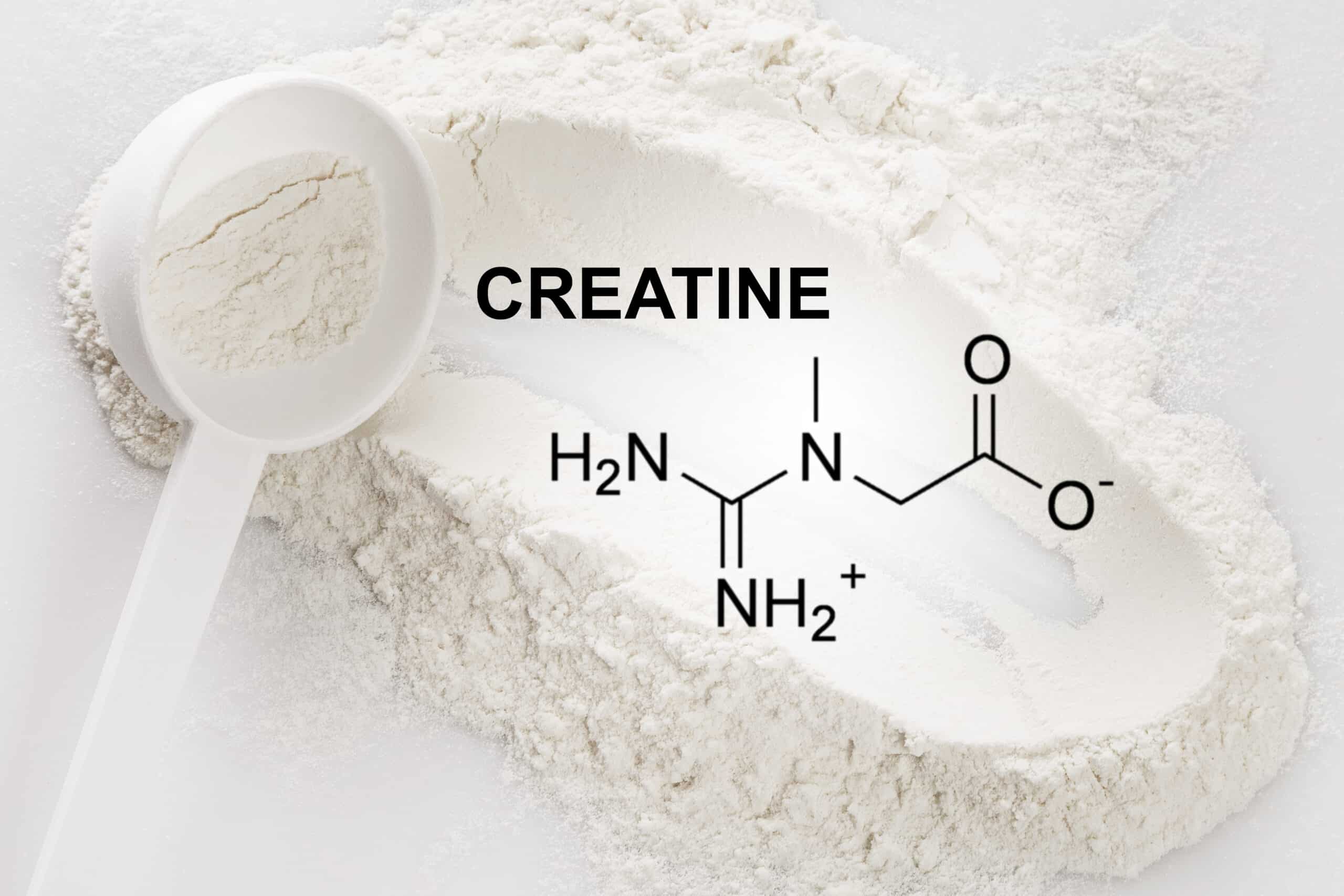Do you have a rash that won’t go away? Do you have patches of dry, itchy skin? Sometimes, itchy red patches of skin are just a rash – a temporary annoyance from exposure to something your body wants to protect you from, like poison oak or a soap you’re allergic to. And sometimes, the rash is eczema, a skin condition that causes dry, itchy skin and rashes on the face, inside the elbows, behind the knees, and on the hands and feet. If you’re concerned that you may have eczema, or if you’ve already been diagnosed and want to learn how to manage your condition, you’ve landed in the right place. Here’ everything you need to know about this itchy annoyance and how you can manage it, so it doesn’t take over your life.
Eczema Symptoms
While the location and intensity of an eczema breakout vary greatly from patient to patient, the symptoms are more or less the same. Almost everyone with eczema experiences itching, red patches. Most eczema rashes are bumpy or elevated. The most common symptoms of eczema are:
- Severe itching
- Red rash
- Dry, rough, scaly patches
- Blistering
- Oozing
- Painful skin cracking
Eczema Causes
When talking about the causes of eczema, it’s important to differentiate between causes and triggers. For instance, what caused the disease in the first place vs. what are the triggers for new outbreaks. Unfortunately, doctors don’t know what causes eczema in the first place. It isn’t contagious, so you can’t get it from someone else. There is no known activity, condition, or situation that causes someone to acquire the disease. Most doctors believe that the onset of eczema is prompted by a combination of genetics and some kind of catalyst or trigger. People with eczema tend to have overactive immune systems. When the immune system recognizes a perceived threat (trigger), it responds by producing inflammation in the form of red, itchy patches. Triggers for new eczema outbreaks include dry skin and irritants. Common irritants include some metals (especially nickel), cigarette smoke, perfume, laundry detergent, cosmetics, shampoos and lotions, soap (especially soap with an added fragrance), and fabrics like wool and polyester. Stress is another big trigger for people with eczema. Stress can both trigger eczema outbreaks and cause existing outbreaks to get worse.
Eczema Types
Eczema isn’t a one-size-fits-all skin condition. It can show up in a variety of ways. And just because you usually have one kind of eczema doesn’t mean you can’t still experience the others, sometimes at the same time. The most common forms of eczema are: Atopic dermatitis: Atopic dermatitis is the most common form of eczema. With this type of eczema, people experience itchiness, which leads to redness, swelling, cracking, crusting, and scaling. It’s common for atopic dermatitis to get worse and then diminish with time. It is most common in young children, though adults can also have it. Stasis dermatitis: Stasis dermatitis occurs in the legs and feet. It’s most common in adults and the elderly and rarely shows up in children. Symptoms of stasis dermatitis include darkening of the skin, thickened skin on the feet or legs, scaly rashes, varicose veins, and redness. Contact dermatitis: Contact dermatitis is a type of eczema that occurs due to direct contact with a trigger or an allergen. It usually presents as a red, itchy rash. The best way to manage contact dermatitis is to know your allergens and avoid them completely. The most common triggers are fragrances, soap, cosmetics, and plants. Dyshidrotic eczema: Dyshidrotic eczema is characterized by small, very itchy blisters and patches of skin on the fingers, toes, palms, and soles of the feet. It’s considered to be a seasonal form of eczema and is most prevalent in the Spring. Nummular eczema: Nummular eczema is easy to identify by the coin-shaped rash it creates. Nummular dermatitis commonly appears after an injury, like a burn, an insect bite, or an abrasion. An outbreak of nummular eczema typically lasts a few weeks or months. Seborrheic dermatitis: Seborrheic dermatitis is extremely common. More than 3 million cases are reported every year in the U.S. It most commonly shows up on the scalp, face, and ears. It sometimes shows up on the upper chest. It usually presents as white or yellow “crusty” skin that sometimes looks greasy.
Eczema Treatment
Treatment for eczema is dependent on the type of eczema you have, but in general, you should avoid any irritants or triggers that can make your symptoms worse. Some people will find relief from skin creams, over the counter medications, and even light therapy. Since stress is often a trigger for new or worsened outbreaks, stress management is also a common form of eczema Some home remedies for eczema treatment include cold compresses of plain water (for mild eczema) or water diluted with vinegar (for more serious cases). Topical steroids and 1% hydrocortisone cream can also help with oozing eczema rashes. At Peninsula Doctor, we recommend that you keep your skin somewhat “greasy” by taking fewer showers than you may currently be accustomed to. It’s also best to avoid soaps with chemicals (opt for natural soap) and very hot water (stick to warm water). If you believe you may have eczema, we’re happy to help manage and treat your symptoms. Our diagnostic and preventative care practice can keep your skin in its optimal condition.



